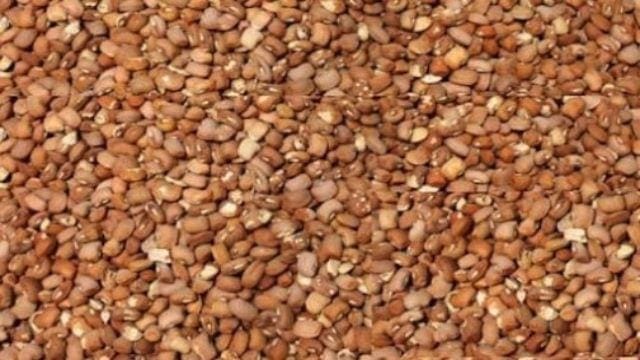INDIA – The raging corona virus pandemic has left many sectors paralyzed and left many businesses recording losses running into billions of dollars.
In India, the poultry industry was among the so unlucky sectors of the economy that almost grind to a stop as a result of the pandemic.
India’s poultry sector woos have their origins back in February when social media rumors linking consumption of chicken and eggs to the novel corona virus spread like a wildfire.
Consumption collapsed, farmers were forced to bury live chicks, starve their chicken to death and destroy their daily harvest of eggs as the precious commodity now turned into a curse.
In every sense and manner, the poultry industry in India, valued at around ₹1.3 trillion (about US$17.56 billion) grind to a halt denying millions of farmers their daily livelihoods and pushing thousands more into debt.
According to Ashish Modani, vice-president at ICRA Ltd, the losses suffered by the poultry industry in February and March actually wiped out the entire year’s (2019-20) profit.
In an interview with a local daily, Ramesh Mehla painted a picture of a struggling Indian poultry farmer on the brink of bankruptcy.
“We had a (outstanding) loan of ₹1.5 crore and the land was mortgaged to banks,” Mehla said.
“We pleaded with the banks to give us time till December but they won’t listen. Now one of my uncles has shut his layer farm (which produces eggs). It will take months to make good the losses.”
About 70% of the poultry businesses in our area are out of business, said Yudhvir Singh Ahlawat, a farmer leader from Bhiwani in Haryana.
Saddled with large losses they have no working capital left to restart their business. Suppliers are unwilling to extend feed or chicks on credit, leading to a demand-supply mismatch in the end market, Ahlawat added.
Protein prices surge
As chicken and eggs were being kicked off the menu of every Indian family, access to other protein also became a problem due to a surge in prices.
In October, retail prices of meat, fish and egg grew at 19-22% year-on-year. At 18% higher prices, pulses too were significantly expensive compared to last year.
The only solace is that consumers were spared a spike in retail prices of milk and milk products, primarily because the pandemic did not impact the dairy supply chain.
The spike in protein prices making them unavailable to most Indian families has sparked concern of malnutrition problem among people in world’s second most populous country.
According to nutritionists, the lack consumption of rice and junk food and the lack of access more eggs, fish and pulses is creating a situation where people are suffering from micronutrient deficiency alongside obesity.
Poultry recovery to take longer than anticipated
According to Ashok Kumar, former president of the Karnataka poultry farmers and breeders association, it could take up to a year for India’s poultry industry to achieve full recovery.
Kumar noted that it takes about 40 weeks to prepare a bird till it starts laying eggs—and production can’t be suddenly ramped up responding to a recovery in demand.
For broilers, it would take about 45 days to ready the birds for consumption and significant investments will need to be repumped into the sector to achieve pre-pandemic productions.
“It is a risky venture. The pandemic wiped out these investments and many farmers were forced to sell their land,” said Ahlawat, the farmer leader from Haryana.
A combination of the above factors mean that prices for chicken and eggs may not come down drastically from the current levels as supply is expected to stagnate even as demand recovers to pre-pandemic levels.
Liked this article? Subscribe to Food Business Africa News, our regular email newsletters with the latest news insights from Africa and the World’s food and agro industry. SUBSCRIBE HERE











